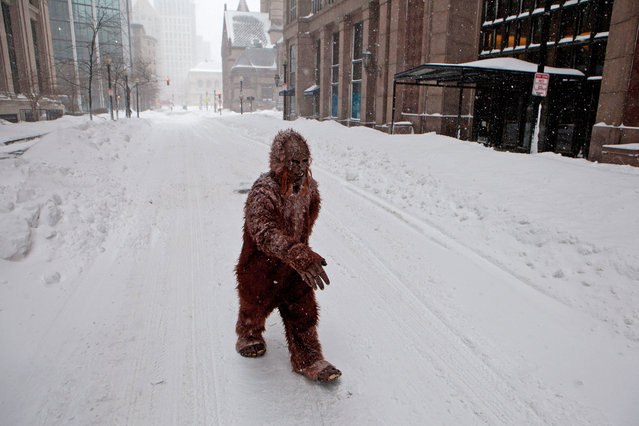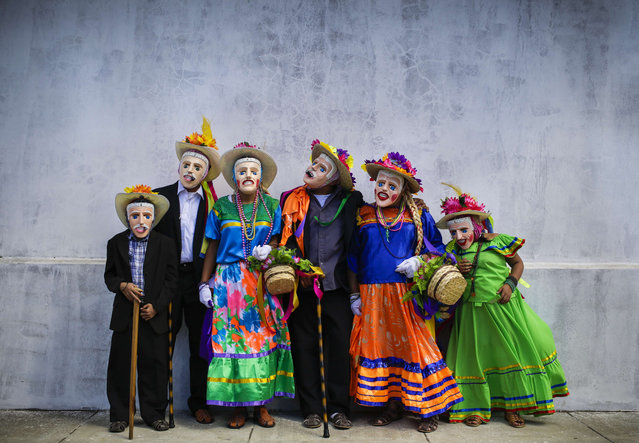
A person dressed as “bigfoot” makes their way through the strong wind and snow in the Back Bay neighborhood during a blizzard on January 27, 2015 in Boston, Massachusetts. (Photo by Kayana Szymczak/Getty Images)
31 Jan 2015 12:27:00,post received
0 comments


